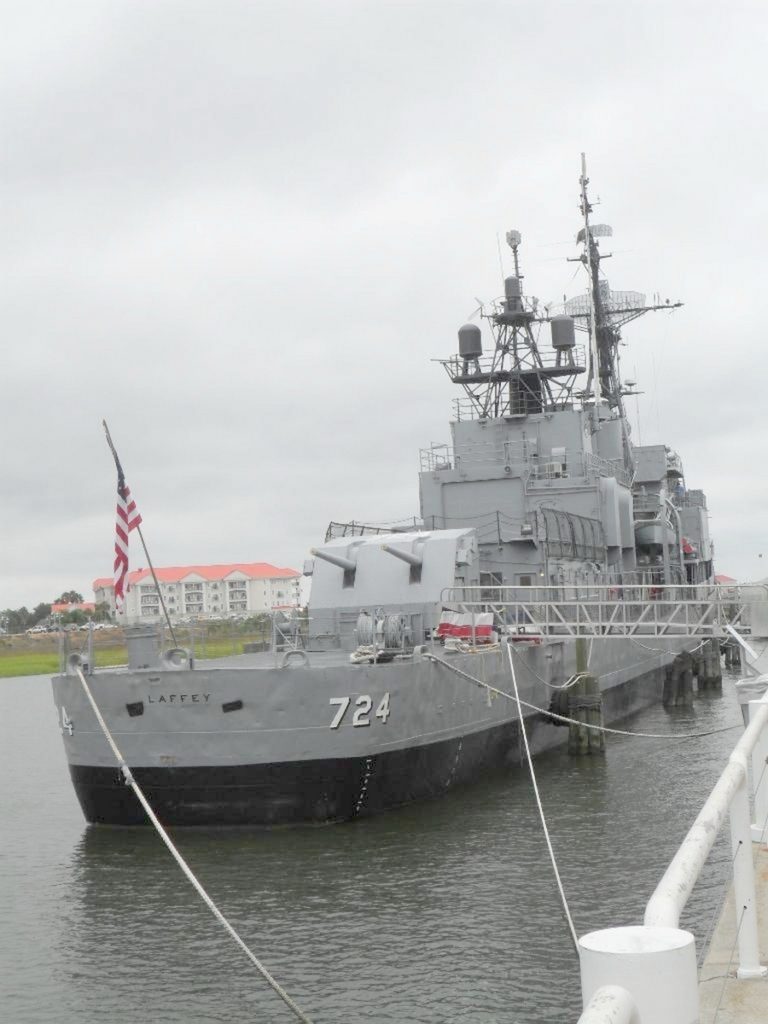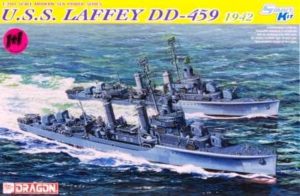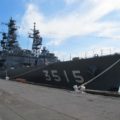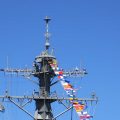
USS Laffey (DD-724) | |
|---|---|
| Državi | Zda |
| Razred in vrsta | Allen M. Sumner-class destroyer |
| Začela | 21 November 1943 |
| Ni v službi | 9 March 1975 |
USS Laffey (DD-724) is an Allen M. Sumner-class destroyer, which was constructed during World War II, laid down and launched in 1943, and commissioned in February 1944. The ship earned the nickname “The Ship That Would Not Die” for her exploits during the D-Day invasion and the battle of Okinawa when she successfully withstood a determined assault by conventional bombers and the most unrelenting kamikaze air attacks in history. Today, Laffey is a U.S. National Historic Landmark and is preserved as a museum ship at Patriots Point, outside Charleston, South Carolina.
| USS Laffey Walk Around | |
|---|---|
| Photographer | Don Alen |
| Localisation | Museum ship berthed at Patriots Point |
| Photos | 26 |
Poiščite komplete na eBayu:
Povezani kompleti:

USS Laffey (DD-724) was a United States Navy destroyer that served during World War II and the Korean War. She was named after Bartlett Laffey, a sailor who received the Medal of Honor for his actions during the American Civil War. USS Laffey was one of the most decorated ships in the US Navy, earning 18 battle stars and two Presidential Unit Citations.
USS Laffey was launched on November 21, 1943 and commissioned on February 8, 1944. She participated in several major campaigns in the Pacific Theater, including the invasions of Normandy, Southern France, Iwo Jima, Okinawa, and Japan. She also supported carrier operations and escorted convoys. On April 16, 1945, she survived a fierce kamikaze attack that damaged her severely and killed 32 of her crew. She became known as “The Ship That Would Not Die” for her resilience and courage.
After World War II, USS Laffey underwent repairs and modernization. She was reactivated for the Korean War in 1951 and performed shore bombardment, blockade, and escort duties. She also participated in the Formosa Patrol and the Taiwan Strait Crisis. She was decommissioned on March 30, 1968 and transferred to the Patriot’s Point Naval and Maritime Museum in Charleston, South Carolina in 1975. She was designated a National Historic Landmark in 1986 and remains open to the public as a museum ship.
Views : 1257









